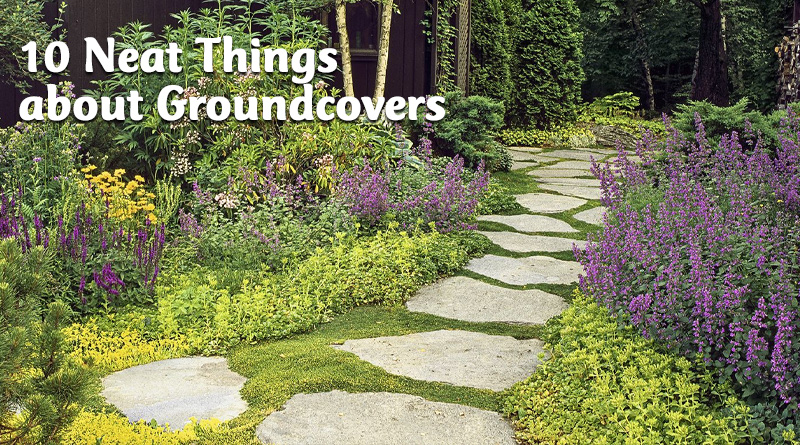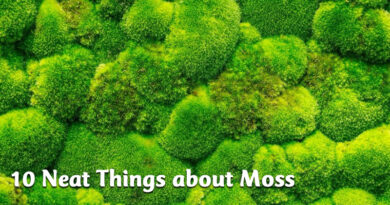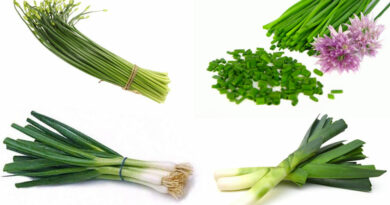About Groundcover
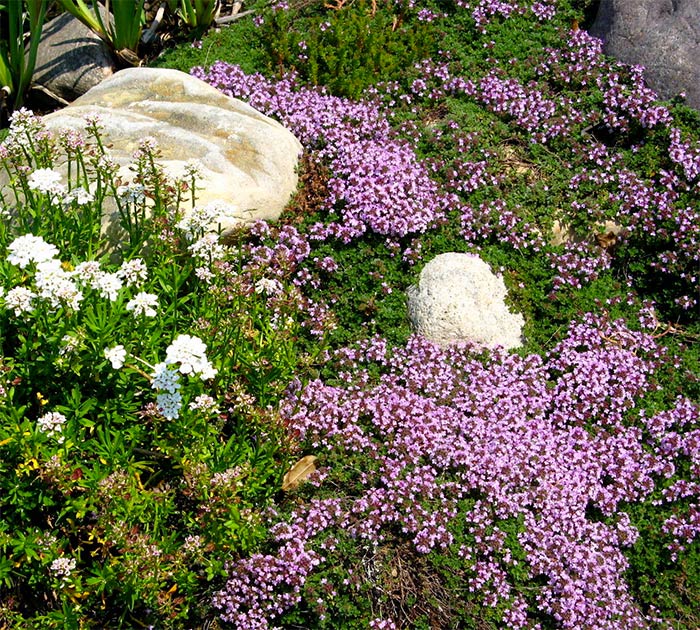
1. It’s thyme, baby.
Thyme will hold up nicely as groundcover between flagstones in a sunny area that gets a bit of foot traffic, although the only plant that can truly survive regular foot traffic is turf grass. Mother of thyme is very hardy and prolific and will grow where many other plants will not in arid zones with little soil. It makes a lovely scented path.
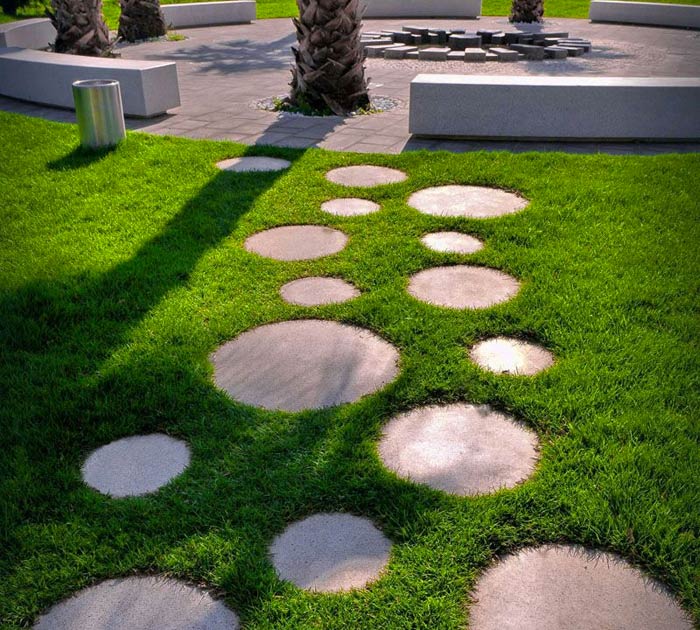
2. Love it or hate it, grass is the answer.
Turf grass gets a bad rap in some circles, even to the point that Kentucky blue grass was voted Canada’s worst weed by CBC Radio One listeners a few of summers ago. Love it or hate it, though, there is no other material that can cover wide areas, stand up to foot traffic, and clean the air and filter water runoff all at the same time.
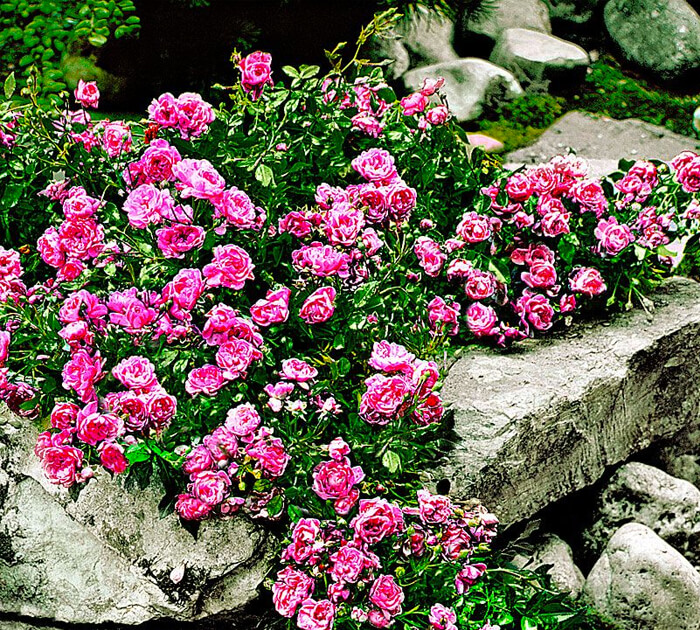
3. High and low.
There is no limit to the height groundcovers can reach; the key property is that they spread well to cover ground. Hybrid tea roses could not be considered one, for instance, because they don’t spread. Rambling roses, however, can make a beautiful groundcover. As for height, aspens, which send up shoots from one central tree, could be considered a kind of groundcover.
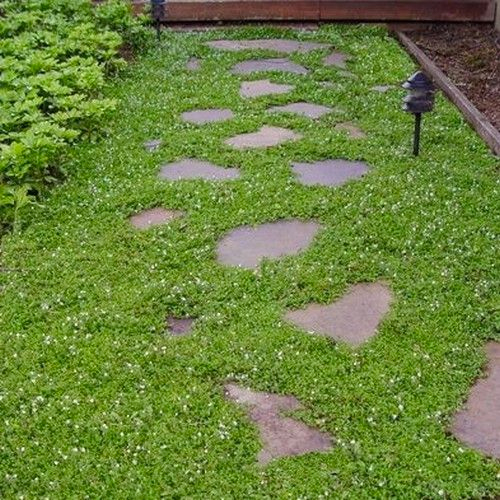
4. Useful as well as beautiful.
These plants help prevent erosion. Consider the hills that are built when highway overpasses are developed; they are always planted with something, traditionally turf, but more recently clover, vetch or wildflowers that hold the soil in place. They’re also good for the air. As alluded to above, plants clean the air, taking in carbon dioxide and emitting oxygen. Most of us are aware that trees serve this purpose; in fact, all green plants do.
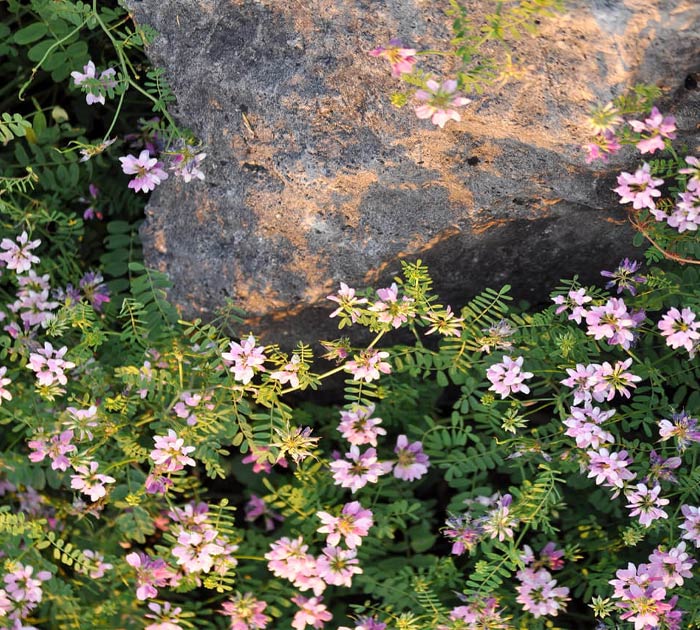
5. Good for water.
One of the worst pollutants of lakes and rivers is urban runoff rainwater. When rain falls on a non-porous pavement surface, it washes all the grime and chemicals off the pavement and into the storm sewers which empty into the waterways. When rain falls onto turf, thyme or rambling roses, it percolates through the plants, roots and soil and into groundwater. Even plants that are chemically treated serve to filter and clean rainwater. The environmental problem with these chemicals is when too much is used, or when it is carelessly spread onto hard surfaces; then the rain washes the excess into the sewers and waterways, where it can kill plants and animals and encourage unbalanced growth of algae.

6. A little too much of a good thing.
What makes most groundcovers effective is their ability to colonize an area. Sometimes they get out of hand and become invasive. In your garden, this can be frustrating; in a natural area, it can be devastating to the local ecosystem. English ivy and vinca are two attractive, shade-tolerant groundcovers that are perfectly charming in an urban garden but that wreak havoc when they escape into our native forests.
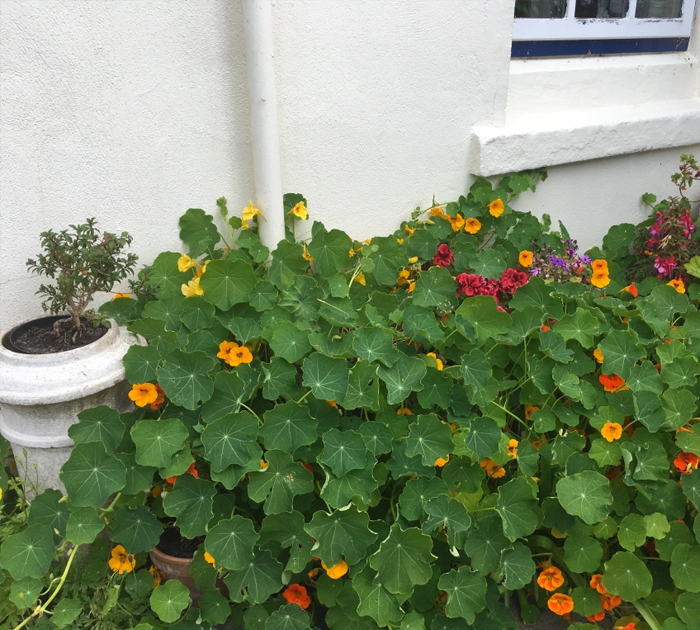
7. How about an annual habit?
Some annuals are sufficiently fast-growing to make good groundcovers. Nasturtiums can give ample coverage for a good portion of the growing season and self-seed. Annual candytuft, alternanthera and sweet potato vine are all worth planting. There’s no worry about these guys getting unruly.
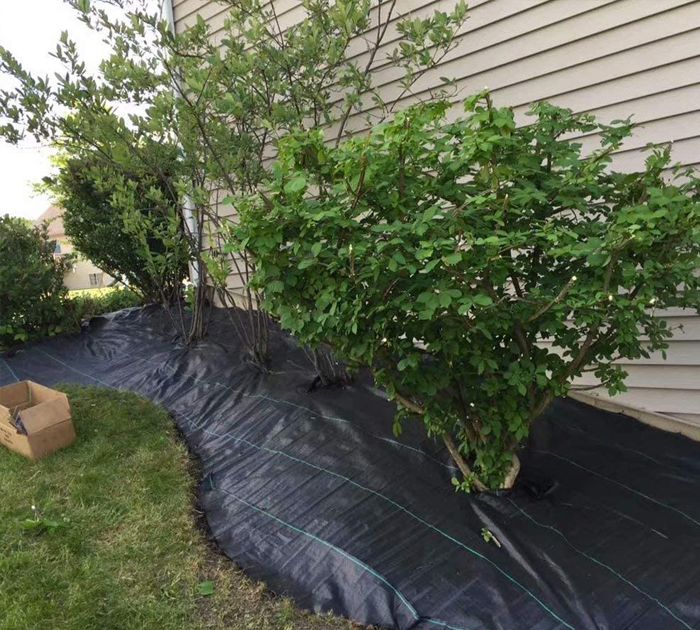
8. Landscape fabric.
Some landscapers will disagree on this; landscape fabric, which is a mesh designed to let water into the soil while discouraging weeds from growing up from the soil, may inhibit the spread of your groundcovers. The whole point of these plants is to out-compete everything else, including weeds.

9. Groundcover tea.
Roman chamomile is a fast-growing groundcover, capable of replacing lawn in a dry, sunny area. It will even withstand light foot traffic; in fact, it’s noted in one of Shakespeare’s plays that ‘the more it is trodden on, the faster it grows’. Also? You can make tea from the blossoms.
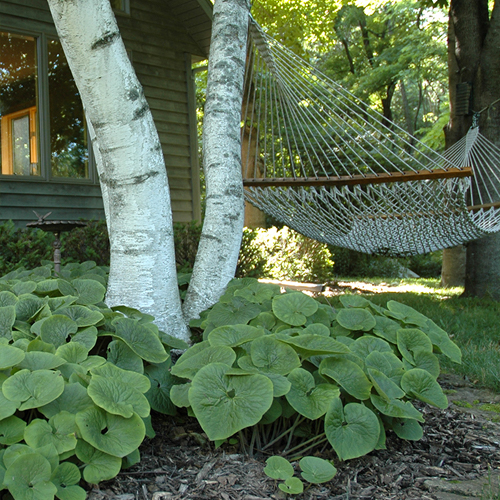
10. Shady characters on the ground.
Groundcovers are often very useful plants in the shade. A favourite is Canadian wild ginger with its heart-shaped leaves. Shy mauve flowers emerge from its leaves in early spring. Another shady wonder is Ajuga reptans, or bugle plant, which favours us in springtime with a carpet of blue flowers followed by a mat of lovely glossy bronze leaves. Bearberry, also called kinnikinic, is a very short evergreen shrub that enjoys dry shade. Bell-shaped pink spring flowers are followed by red berries that peep out from among the shiny little leaves in fall.
– Dorothy Dobbie Copyright
Pegasus Publications Inc.



